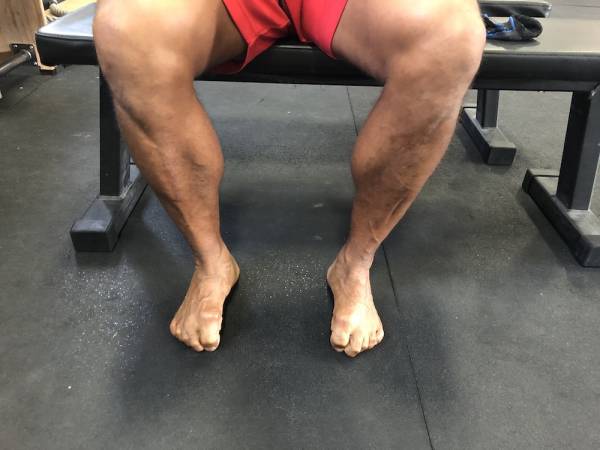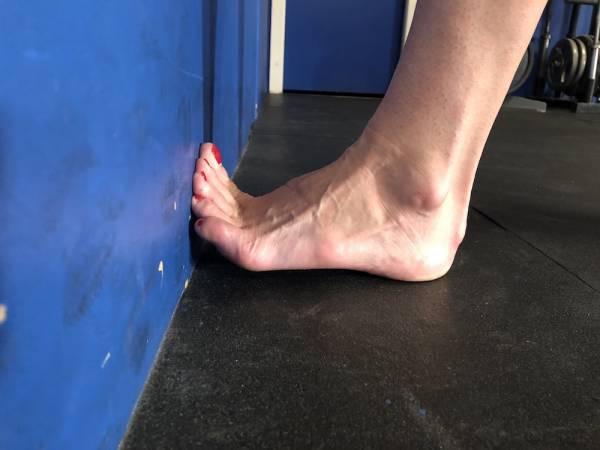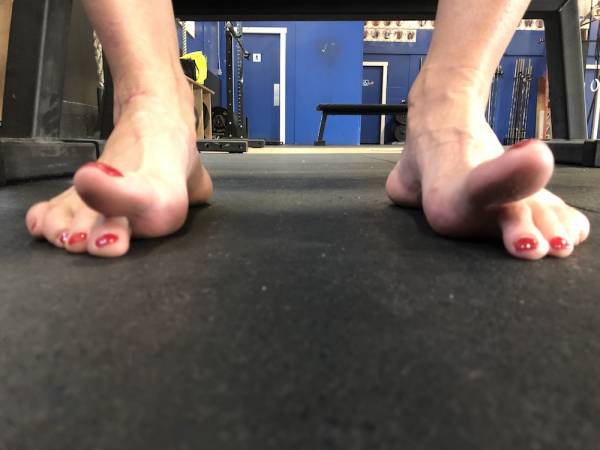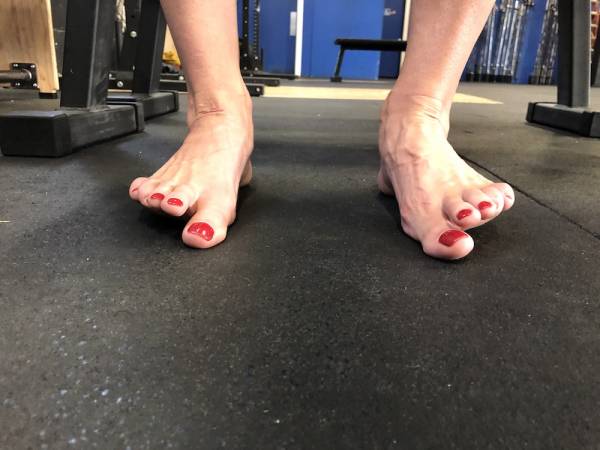We abuse our feet. Every single day. Whether we’re Olympic weightlifters or we’re just normal people trying to log 10,000 steps a day, if our feet aren’t functioning effectively, our lives—or our sports performances—will suffer.
Yet with the exception of ankle flexibility, which we sometimes dive into via stretching and calf raises, we don’t generally pay much attention to foot health.
We abuse our feet. Every single day. Whether we’re Olympic weightlifters or we’re just normal people trying to log 10,000 steps a day, if our feet aren’t functioning effectively, our lives—or our sports performances—will suffer.
Yet with the exception of ankle flexibility, which we sometimes dive into via stretching and calf raises, we don’t generally pay much attention to foot health.
What, you mean a monthly pedicure isn’t enough?
Two areas we often forget about: The big toe and proprioception.
The Big Toe
The big toe plays a significant role in our day-to-day lives. It’s critical for efficient arching of the foot, for absorbing shock and for forward movement. So, if you lose flexibility in your big toe, you essentially diminish your chances of having a stable gait. In fact, 80 to 90 percent of the control in your foot comes from your big toe.
How much flexibility is enough?
Generally, you should be able to achieve 60-65 degrees of active big toe extension, meaning you can achieve this simply by moving your toe. And when you stretch it with the help of your other hand or a wall. you should be able to pull your toe back to a 90-degree angle.
If you can’t do this, it might be worth integrating some big toe mobility work into your day.
Big Toe Exercise 1: Curls
Sit in a chair with your feet flat on the ground, your back straight, and your knees at a 90-degree angle. Then slowly curl your toes under your feet as much as you can, so the ball of your foot raises off the ground. Hold for 5-10 seconds and then slowly return to the flat-footed position. Do this 10 times per foot.

Big Toe Exercise 2: Wall Stretch
Near a wall, keep your foot flat on the ground but your toe on the wall as much as your can until you feel a stretch. Then lean in with your body and raise your feel off the floor. Hold for 5 seconds and then slowly resume your starting position. Do this 10 times per foot.

Big Toe Exercise 3: Lifting
Sitting with your feet flat on the ground, lift your big toe as much as possible while keeping the other toes and your foot on the ground. Then switch and keep the big toe down while lifting the other toes. Alternate back and forth 10 times per foot.


The Role of Proprioception
Proprioception is the feedback loop between your nervous system and your brain—it lets your brain know what position you’re in and what forces are acting upon your body. It’s the reason we know our arm is out in front of us even if our eyes are closed, for example.
In short, all coordinated movement requires proprioception. When it is affected, then simple tasks like walking or standing on one leg can feel incredibly challenging.
If you have suffered an ankle injury, your proprioception is usually hindered. This shows up in the way your injured muscle and joint functions and usually harms your stability and balance.
If this is you, below are three ways to improve your proprioception and ultimately your balance.
Proprioception Exercise 1: Barefoot Walk or Run In the Sand
This helps activate all the small muscles in your feet.
Proprioception Exercise 2: Balance On One Leg
If this is easy, try it with your eyes closed. Spend one to two minutes per leg balancing on one foot in your warm-up.
Proprioception Exercise 3: Line Hops
Hop back and forth over a line during your warm-up for. Keep going for one minute. Rest a minute and then repeat. If this feels easy, try the same in on one leg. Keep your hops tight and consistent.






